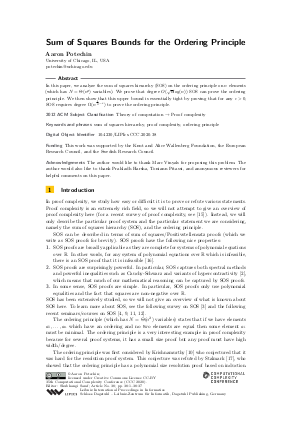LIPIcs.CCC.2020.38.pdf
- Filesize: 0.61 MB
- 37 pages

 Creative Commons Attribution 3.0 Unported license
Creative Commons Attribution 3.0 Unported license







Feedback for Dagstuhl Publishing